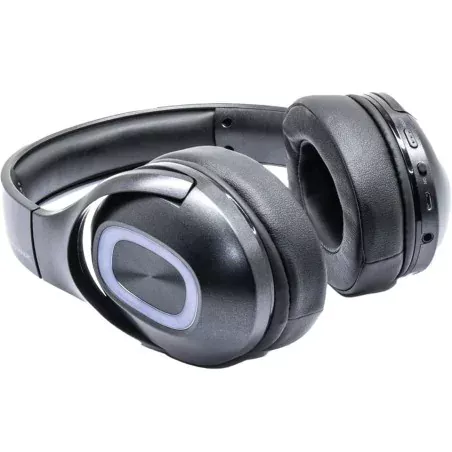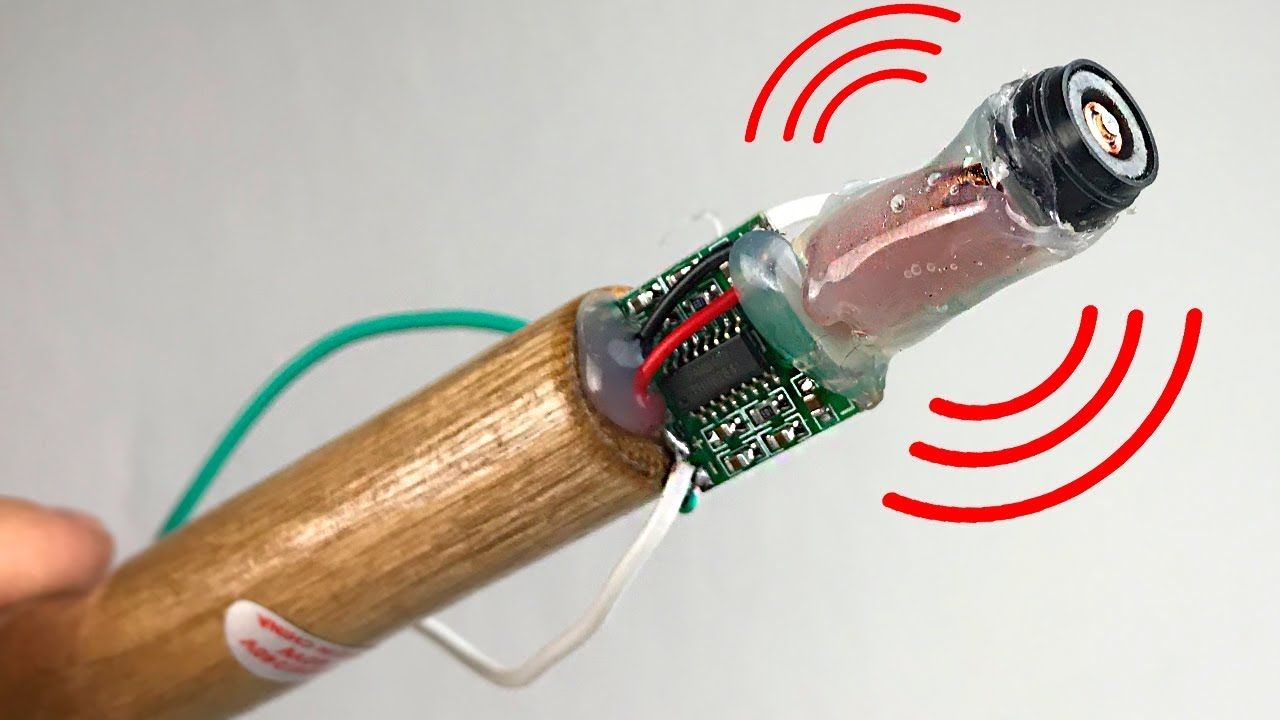
The so-called coin box created a coin. It’s cheap and simple, a replacement for your pocket, nothing special.
Fortunately, a person has gained experience and improved his qualifications and skills over the years. We are getting better and better, we are improving, setting higher standards for ourselves. The crossbar is suspended high. Trivial solutions cannot take place when you appear, for a professional or so you think.
Idea
I needed a better solution. Years pass, a person becomes more comfortable, but eyesight and motor coordination are no longer the same. Coins are becoming more and more interesting and it’s a shame to wear them with just anything and in any way. This is how I came up with the idea of creating a convenient box. Before this happened, I used ready-made solutions. Cheap solutions. The result was that I lost all the content a few times and unfortunately it wasn’t just any stuff.
Fixing
The mounting of my coin box needed to be improved and secured against loss. The magnetic connection itself is a good solution, but as it turned out when testing the first prototypes, I’m not necessarily 100% sure. A sleeve with a slight press fit had to be added. It worked perfectly.
The next step was to install a popular atomizer to clean the surfaces of delicate coins non-invasively. Despite many attempts, I chose a ready-made solution and designed only an atomizer. There were three reasons: low weight, price, and availability in the event of loss or damage. There was no point in creating your solution here.
To mount the brush, here I chose an ecological variant with very soft bristles. There is nothing worse than scratching something under the influence of emotions. The mounting base itself had to be as light as possible, have a belt or pocket clasp, and eyes for additional security or fastening. The set can also be attached to Molle systems from military equipment, backpacks, bags, containers, pouches, etc. Everything is carefully thought out to make the most of the space. Vertical orientation or changing direction also horizontally for left- and right-handed people takes just a few moments. The rear hitch can also be freely rotated and locked with a screw.
Lid
For practical purposes, the lid has a slot with a rough ruler for more detailed viewing of the coin, preliminary measurement, or positioning for a photo.
Under the box, there is a snap-locked magnifying glass with 7x magnification. The magnifying glass, atomizer mount, and box can be available in a fluorescent version for easier orientation in the dark and case of loss. Soft foam with cuts inside is just a formality.
The magnetic mounting allows you to attach the tray to a smooth metal surface, which is sometimes useful when you want to take the box itself.
Write below this article what you think about this solution.
Zapraszamy na nasz kanał na YouTube
Zapraszamy na naszgo BLOGA





















































